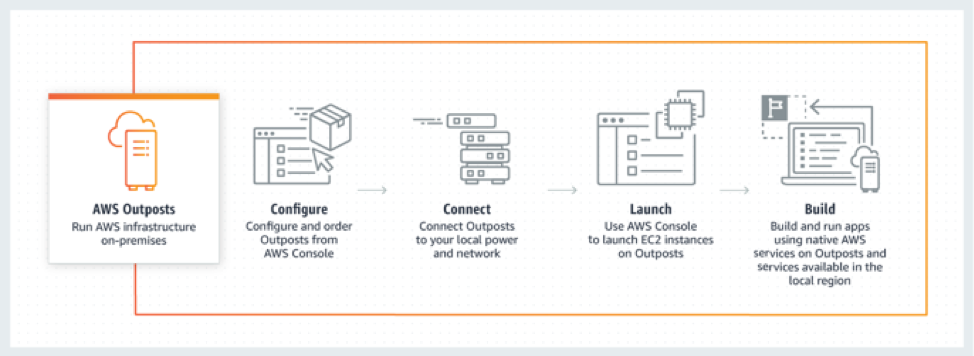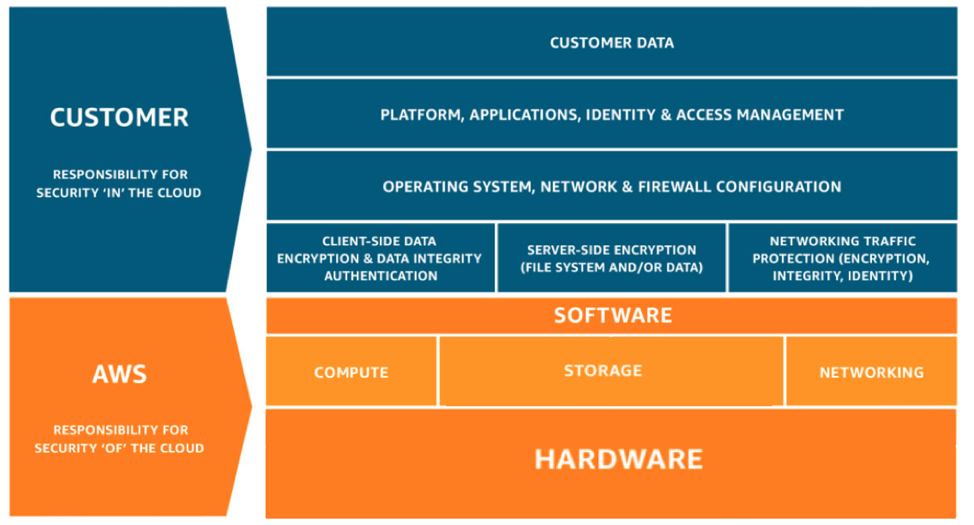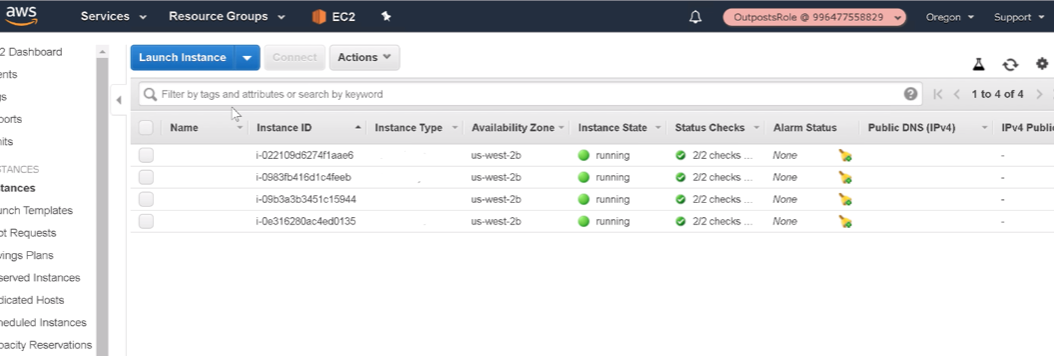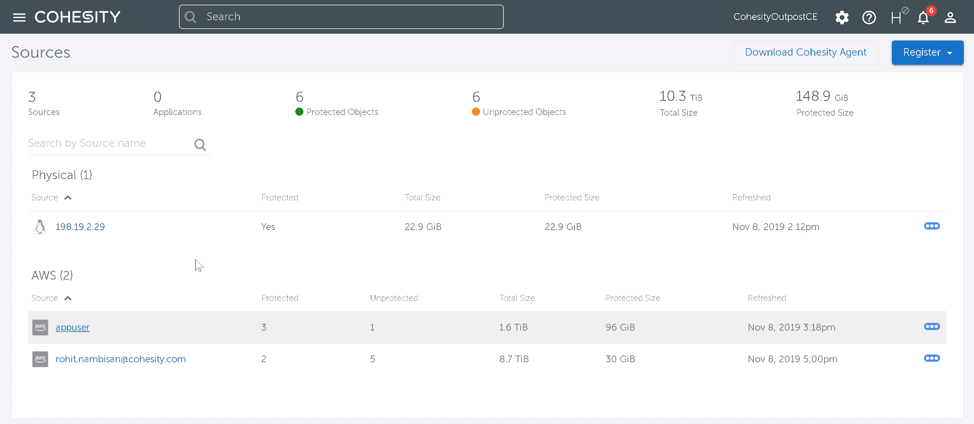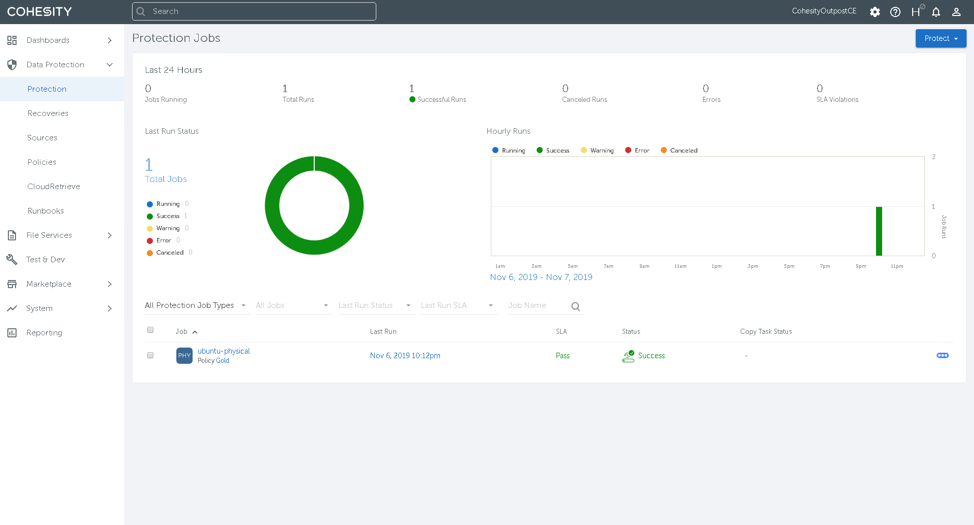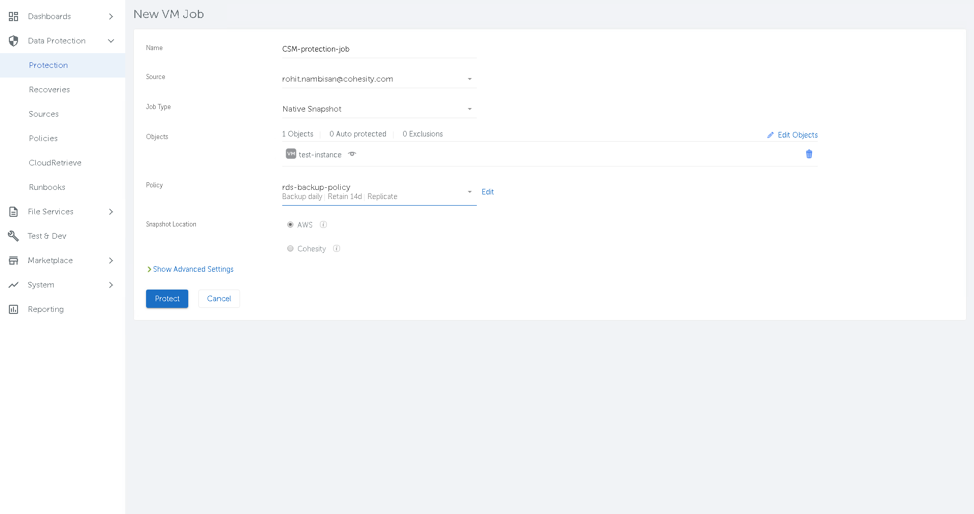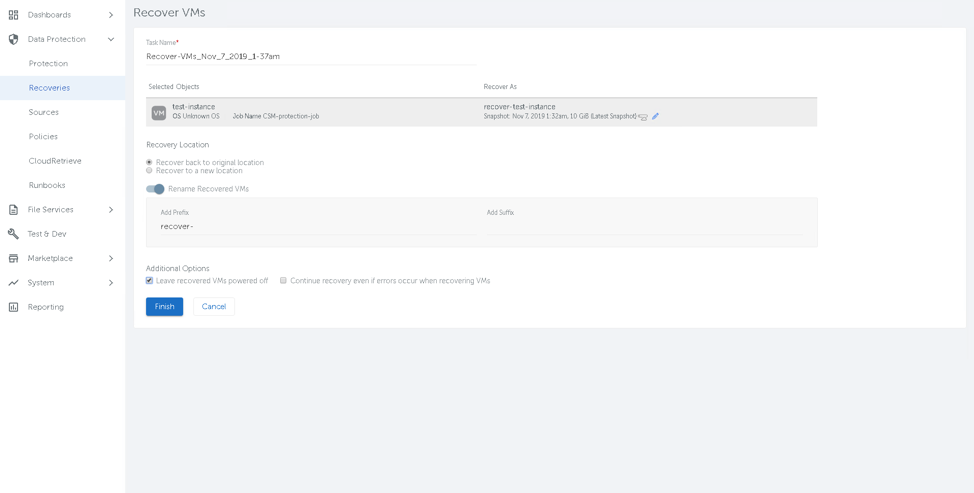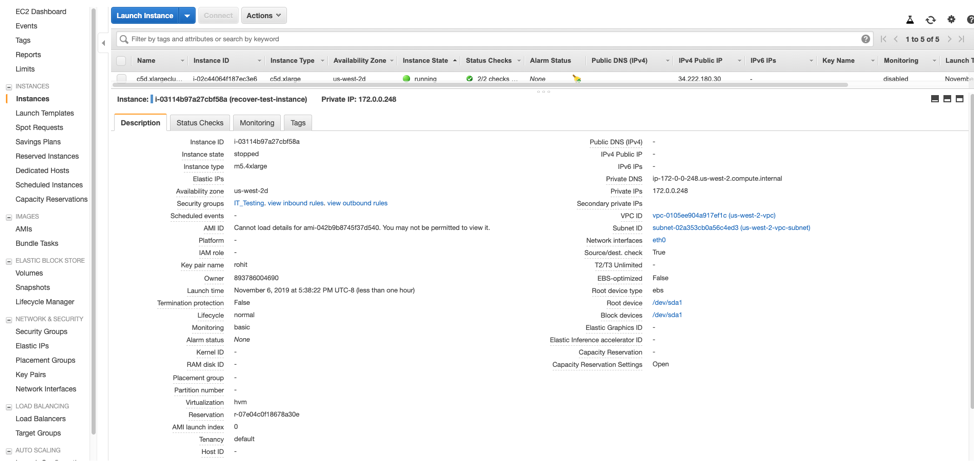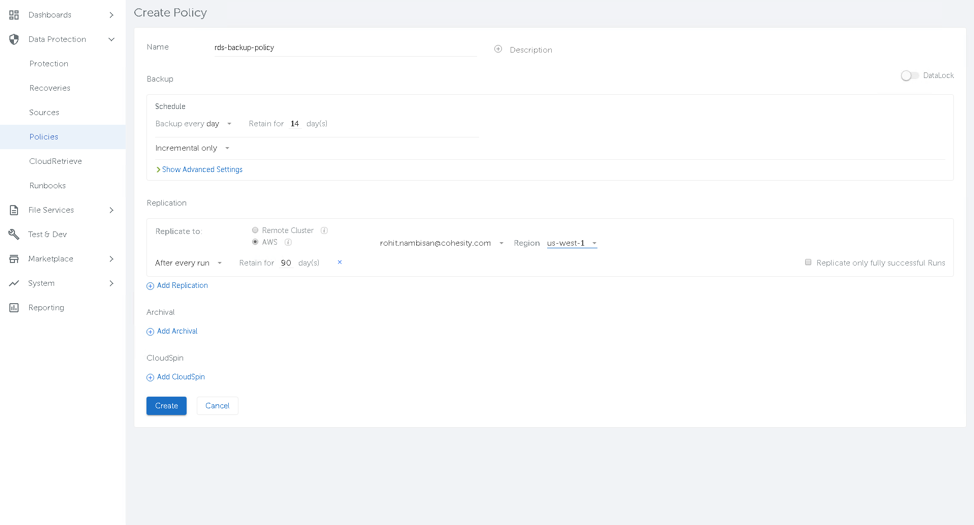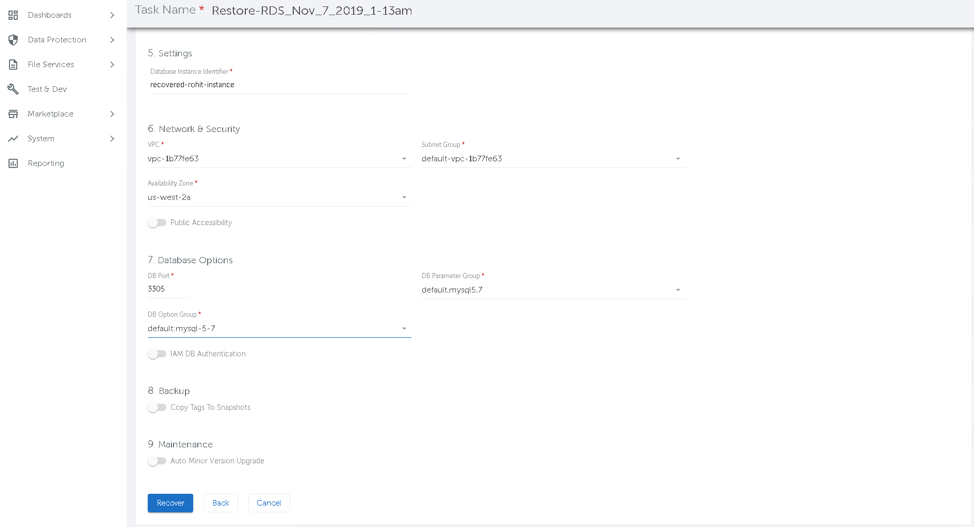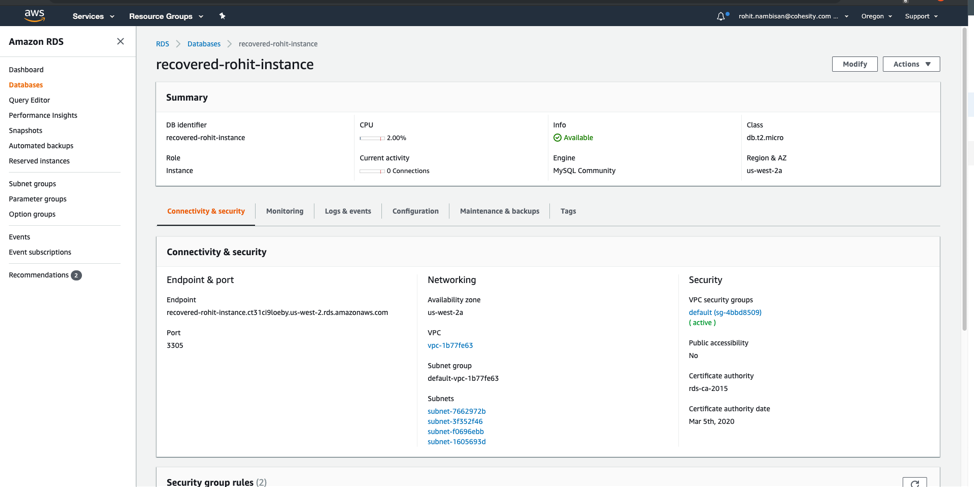
The Latest Cohesity News
Product and Solution Information, Press Releases, Announcements
| Data Management for Outposts with Cohesity | |
| Posted: Tue Dec 03, 2019 03:56:17 PM | |
|
Enterprises like the flexibility and scalability of the AWS cloud because they can quickly deploy 100’s of VMs, multiple databases, kubernetes, and other services in a matter of minutes in order to meet their business requirements. But not all workloads or environments can be deployed in the AWS cloud because of regulations, data governance, and requirements for edge data processing. To address this issue, AWS announced AWS Outposts at re:Invent 2018. AWS Outposts is designed to bring the features of AWS cloud to an on-premises data center. AWS Outposts provides native AWS services, infrastructure, and operating models to run in on-prem data centers, co-location spaces, or facilities. AWS Outposts will also provide consistency by allowing enterprises to use the same AWS APIs, tools, and infrastructure across on-prem and AWS cloud. It’s designed for connected environments and can be used to support workloads that need to remain on-prem due to low latency or local data processing needs and will be fully managed, maintained, and supported by AWS.
Figure 1 – AWS Outposts overview reference: https://aws.amazon.com/outposts/ AWS Outposts will come in two variants:
Since AWS Outposts will be deployed in on-prem facilities, enterprises need to have a data management solution for their AWS Outposts environments in case they need to recover data corruption, ransomware, end user error as well as power outages and natural disasters.
Figure 2 – Customer responsibilities reference: www.aws.com Cohesity’s software provides the following benefits for AWS Outposts:
The Cohesity engineering team worked closely with the AWS Outposts team to successfully validate our data management solution with the AWS native variant of AWS Outposts. In our testing, we validated the following:
The Cohesity engineering team deployed a 4-node Cohesity cluster to the AWS Outposts infrastructure. Cohesity provides the flexibility of deploying the Cohesity cluster in AWS Outposts or AWS cloud depending on the customer’s requirements. As AWS Outposts and AWS cloud environments grow, enterprises can add additional nodes to the Cohesity cluster to meet their capacity and performance requirements.
Figure 3 – AWS Outposts console with Cohesity cluster running After deploying Cohesity in AWS Outposts, registered data protection sources of the AWS Outposts and AWS cloud environments.
Figure 4 – Cohesity UI with AWS Outposts, AWS Cloud and server registered sources After registering the AWS sources, Cohesity engineering team validated backup and recovery of EC2 instances running in AWS Outposts and AWS cloud.
Figure 5 – Successful backup of AWS Outposts EC2 instance data
Figure 6 – Configuration of protection job of AWS EC2 instance
Figure 7 – Recover options of an EC2 instance in the Cohesity UI
Figure 8 – Restore EC2 instance in AWS console The Cohesity engineering team validated backup and recovery of RDS instances in AWS cloud.
Figure 9 – Protection job for RDS with replication to another AWS region
Figure 10 – Recover RDS to AWS cloud
Figure 11 – Recovered RDS in AWS console Cohesity’s validated AWS Outposts solution provides enterprises the ability to have a single control plane to manage their data regardless of whether the data resides on AWS Outposts or AWS cloud. Cohesity’s software-defined architecture allows enterprises a modern data management solution for their requirements for today—and any future requirements—without any compromises. For additional information about Cohesity’s solution with AWS Outposts, please visit our website. For additional information about AWS Outposts, please visit AWS Outposts. |



